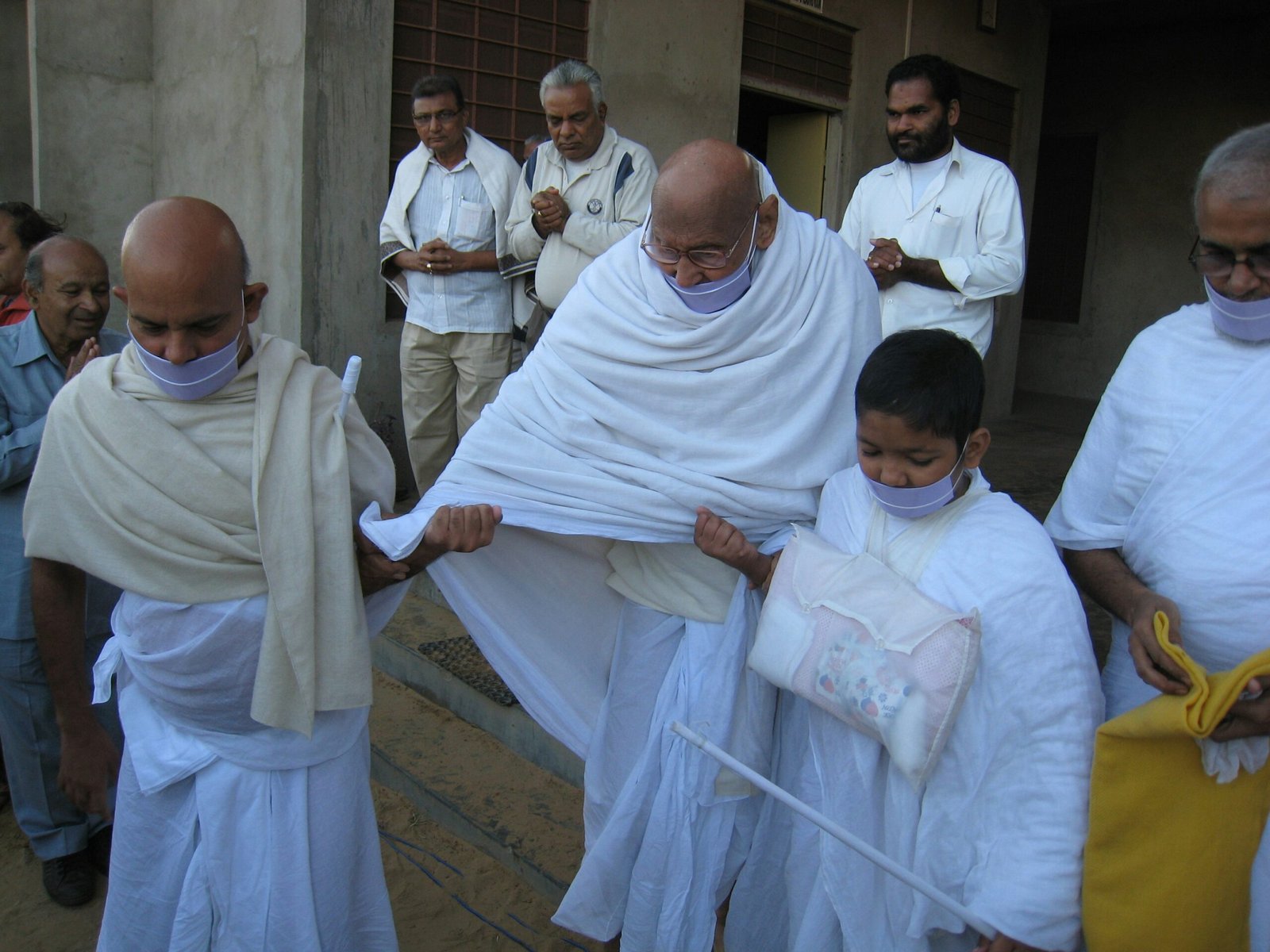Ahimsa- “Non Violence”

Ahimsa, often translated as “nonviolence” or “avoiding harm,” is the first Yama and is commonly associated with refraining from causing physical, emotional, or verbal harm to any living being. However, a nuanced understanding reveals that the application of nonviolence is context-dependent. For instance, a sincere guru admonishing a disciple might not be verbal violence but a necessary awakening. Similarly, in therapy, asking a patient to revisit painful memories may seem emotionally violent, but it aims at liberating the individual from past trauma.
The interpretation of Ahimsa extends beyond refraining from harming others and includes avoiding self-inflicted harm. Neglecting one’s potential and ignoring the inner call for genuine dedication to the eternal Truth is a subtle form of violence against oneself. Ahimsa serves as the foundation for all other Yamas, emphasizing righteousness as living in alignment with the purest expression of Truth.
Ahimsa, rooted in Dharma, goes beyond cultural and moral norms, urging individuals to live life as an embodiment of the Truth. The pursuit of eternal bliss, profound insights, and wisdom aligns with the essence of Ahimsa. It prompts us to consider the impact of our actions on ourselves and the world, transcending the dogmatic constraints some traditions impose.
Practicing Ahimsa involves maintaining a tranquil mind, free from harmful thoughts, and emanating kindness and love. Kindness, a melody of Oneness, reconnects us with our larger Self. Acts of kindness counteract violence and set the stage for the exploration of interconnectedness. Love and kindness, as by-products of an egoless consciousness, pave the way for a more compassionate existence.
Self-love and Self-kindness, not confined to the ego-self, involve paying attention to and loving one’s true Being. A daily practice of focusing on feelings of kindness, love, acceptance, joy, and gratitude can lead to a transformative inner experience. This practice, taking only 5 minutes, contributes to a cumulative positive effect on one’s overall well-being.
Starting the day with this kindness practice or incorporating it into meditation enhances its impact, radiating sincerity and beauty throughout the body-mind system. Unkindness, on the other hand, manifests physically through stress-related issues, emphasizing the link between emotional well-being and physical health.
Ultimately, kindness and love, when experienced at their core, bring about a serene state of being. These qualities become the bedrock of life, positively influencing not only the individual but also those around them. As pure love and kindness take precedence, the pursuit of spiritual goals and practices becomes secondary, overshadowed by the blissful experience of divine love. Commencing the day with the fragrance of the Divine, emanating from a heart filled with kindness and love, sets the tone for a fulfilling and harmonious life.
